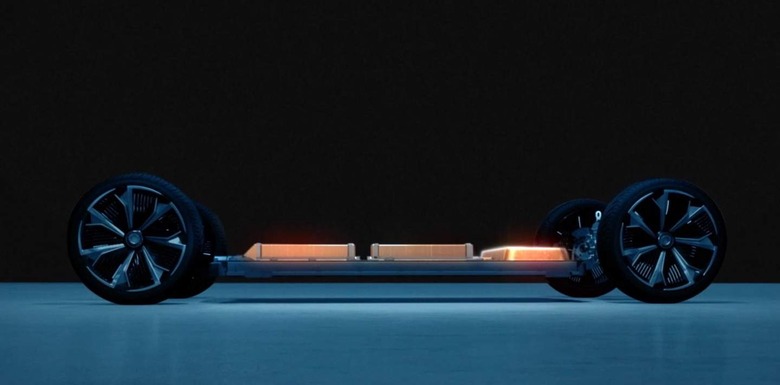Honda Has Realized Its EV Transition Plan May Not Be Good Enough
Honda is preparing to accelerate its EV roadmap, considering pulling forward the launch of new electric models after talk in Europe about much stricter regulations around internal combustion vehicles. Honda has so far been targeting 2040 for EVs making up its entire range, but freshly proposed rules in the European Union could make that unfeasible.
Revealed last week, the EU's European Green Deal cranks up the pressure on anything that emits carbon dioxide, with transportation a particular focus. "The roadmap to our new target of at least -55% of greenhouse gas emissions until 2030," European Commission President Ursula von der Leyen said of the new rules. "We chose carbon pricing as a clear guiding and market-based instrument with a social compensation."
While everything from air travel, haulage, and shipping are in the EU's sights, for consumers it's likely to be the cars they can buy which represent the biggest change. If the proposals are passed, newly-registered cars must reduce emissions by 55-percent – compared to 2021 – by 2030. By 2035, they must reduce emissions by 100-percent, effectively making every model sold a zero-emission vehicle.
Although not specifically framed as such, it's basically a ban on internal combustion models. That the EU is weighing such a step isn't new news to automakers, of course, but the timeline for the transition may be more aggressive than many were hoping for.
"If the rules change, we'll have no choice but to respond," Toshihiro Mibe, President and CEO of Honda Motor, said of the prospective EU regulations. The transition to electrification-only "could be expedited," the exec added, Nikkei Asia reports.

"We'll assess the suitability of our company's electrification plan, and we'll make adjustments if necessary," the CEO said. Despite the scale of the EU, it's actually only responsible for around 2-percent of Honda's global automotive sales each year. Still, the automaker is seeing it as a weathervane for EV intentions more broadly.
"The regulations will become stricter by the day," Mibe pointed out, flagging that Canada has also said it will ban sales of combustion engine-powered vehicles by 2025. "Of course, we won't be able to do business if we don't match international trends."
Honda's strategy for electrification includes both in-house development and partnerships. Its first all-electric SUV for the North American market will be the 2024 Prologue EV, and built atop GM's Ultium platform as the two automakers collaborate on two models. The Prologue will be followed shortly after by a new, as-yet-unnamed Acura luxury SUV, also built atop Ultium technology.
However, Honda has also been developing its own platform, dubbed Honda e:Architecture. That won't be ready until the second half of this decade, however, and is initially earmarked for the North American market. Broader sales of EVs based on the platform will follow.
It raises the question of just how rapidly Honda can accelerate its European EV offering. At the moment, the company only has one all-electric vehicle for sale in Europe, the Honda e; the compact urban car isn't available in the US or Canada, where its range is believed to be uncompetitive. The automaker's other European electrified options are all hybrids, potentially acceptable under the first transition step the EU is considering making mandatory, but certainly not for its 2035 goal.
Although Honda recently announced it would end sales of the Clarity Fuel Cell, its hydrogen-powered car, that doesn't mean the automaker is giving up on fuel cell technology altogether. There'll "definitely" be another hydrogen-based model, Mibe insists, despite lingering questions around factors like fueling infrastructure and just how green hydrogen power actually is.
